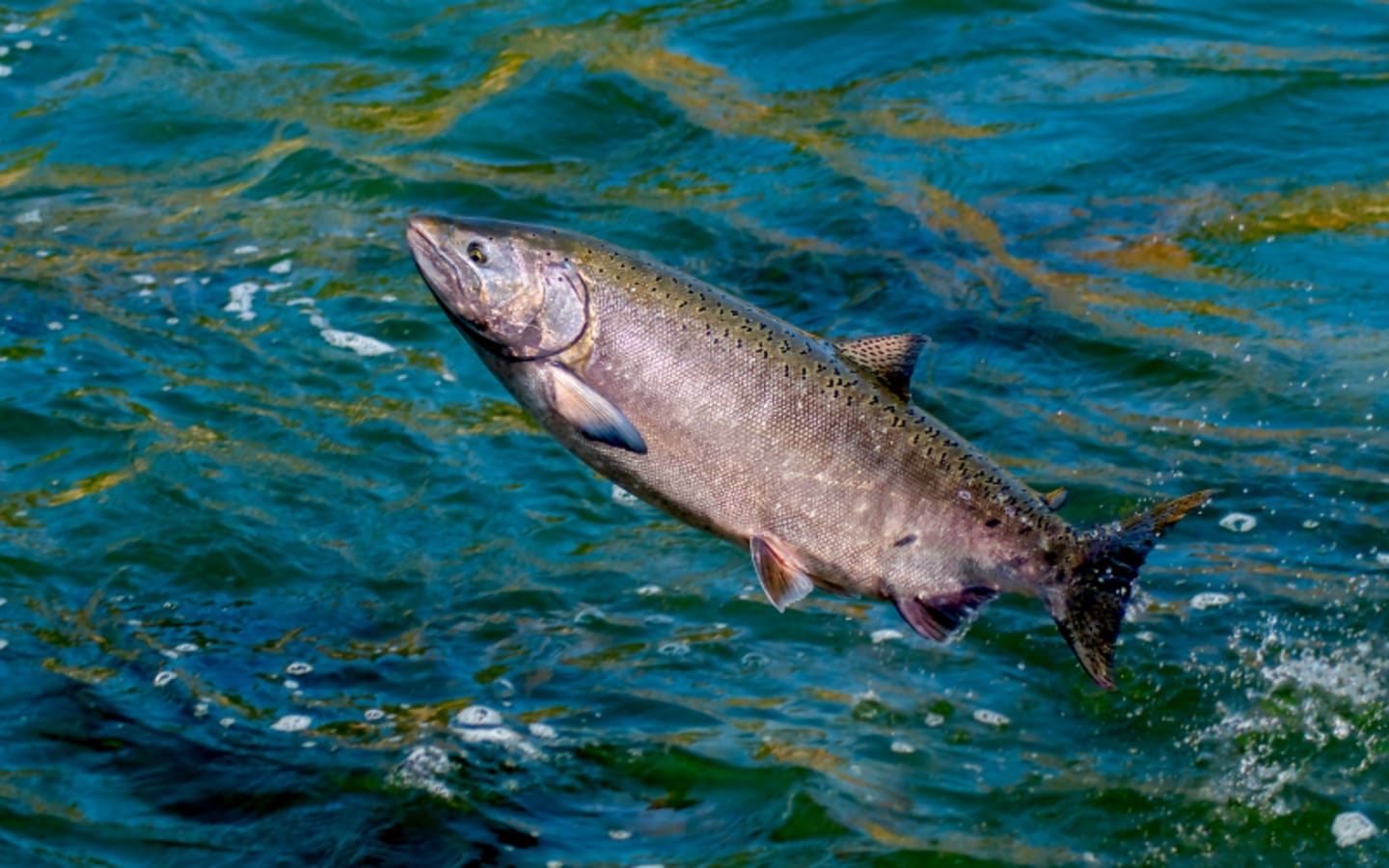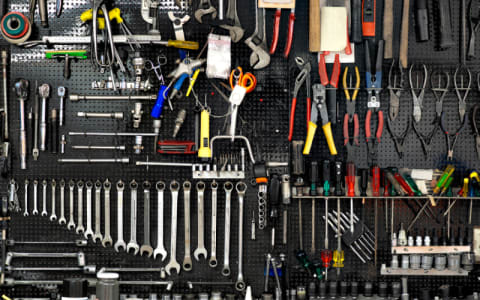Idaho’s rivers have long been a haven for anglers chasing the thrill of landing a Chinook salmon, but 2025 has brought some big changes to the fishing scene, especially on the South Fork Salmon River. The Idaho Department of Fish and Game (IDFG) has rolled out new rules and closures that every fisherman needs to know before heading out. These updates, aimed at protecting the Chinook population, affect where, when, and how anglers can fish. Here’s a deep dive into the 2025 Chinook salmon fishing rules, closures, and what they mean for those planning to cast a line in Idaho’s wild waters.
The South Fork Salmon River, a hotspot for summer Chinook fishing, faces a major shift this year. As of the end of fishing hours on July 2, 2025, the harvest of adult Chinook salmon is officially closed. This closure isn’t a total shutdown, though—anglers can still fish for jack salmon (younger, smaller Chinook) from July 3 to July 6. After that, all Chinook fishing on the South Fork Salmon River wraps up for the season at the end of fishing hours on July 6. These changes stem from IDFG’s efforts to balance conservation with recreational opportunities, ensuring the fishery remains sustainable for years to come.
For those unfamiliar, jack salmon are typically male Chinook that return to rivers earlier than their adult counterparts, often measuring under 24 inches. The jack-only harvest period gives anglers a brief window to keep fishing while protecting the larger, breeding-age adult salmon. This move reflects IDFG’s careful monitoring of fish populations, as Chinook numbers can fluctuate due to environmental factors like water flow, temperature, and migration patterns. Anglers are urged to check the IDFG’s Chinook Salmon Seasons and Rules page for real-time updates, as seasons can change quickly based on fish counts or other data.
Beyond the South Fork, other Idaho rivers have their own 2025 Chinook fishing rules. The Snake River, from Dug Bar to Hells Canyon Dam, remains open for spring fishing from April 26 to August 10, offering a solid window for anglers to target Chinook. The Clearwater River system has a mix of open and closed sections. The Mainstem Clearwater, from Camas Prairie Railroad Bridge to Cherry Lane Bridge, is open from April 26 to August 10, while the stretch from Cherry Lane Bridge to Orofino Bridge is closed until June 13. The section from Orofino Bridge to the South Fork Clearwater River reopens on June 14 and stays open through August 10. The North Fork Clearwater, from its mouth to Dworshak Dam, is also closed until June 13, but the South Fork and Middle Fork Clearwater Rivers are open from April 26 to August 10.
The Salmon River system has its own set of rules. The Lower Salmon River, from Rice Creek Bridge to Shorts Creek, is closed until June 9, while the Upper Salmon River, from the Yankee Fork Salmon River to just downstream of the Sawtooth Hatchery Weir, is open from June 19 to August 10. The Little Salmon River, from its mouth to the HW95 Bridge near Pollock Road, stays closed until June 24. Meanwhile, the Lochsa River, from Lowell Bridge to Twin Bridges, is open for summer fishing from June 14 to August 10, with fishing allowed seven days a week, unlike some other areas limited to Thursday through Sunday.
Fishing hours are another key detail. From April 27 to May 31, Chinook fishing is allowed from 5:00 AM to 9:00 PM Pacific Daylight Time (6:00 AM to 10:00 PM Mountain Daylight Time). From June 1 to August 10, the hours shift slightly to 4:30 AM to 9:00 PM PDT (5:30 AM to 10:00 PM MDT). These hours apply across all open Chinook fisheries, so anglers need to plan their trips accordingly to stay within legal limits.
One thing’s clear: Idaho’s Chinook fishing rules are complex, with different rivers and sections having unique schedules and restrictions. For example, the South Fork Clearwater River has a specific rule requiring single-pointed barbless hooks for salmon and steelhead fishing, a measure to reduce harm to fish that are caught and released. This kind of regulation shows IDFG’s commitment to protecting fish populations while still allowing anglers to enjoy the sport.
For those looking to stay informed, IDFG provides detailed resources. The online Chinook Salmon Seasons and Rules brochure, available as a PDF, mirrors the printed version but gets updated with any significant changes. Printed copies are free at IDFG Headquarters, Regional Offices, or by calling 208-334-3700 to request one by mail. The Nez Perce Tribe also offers fishing permit information through their website (nptfishpermits.com) and encourages anglers to call their Fisheries Enforcement line at 877-790-3474 or IDFG at 208-334-3700 for season updates.
The closures and restrictions, particularly on the South Fork Salmon River, are part of a broader effort to protect Chinook salmon, which face challenges like habitat loss and changing river conditions. Programs like the one at McCall Fish Hatchery aim to boost summer Chinook populations in the South Fork, with goals of maintaining and enhancing the fishery for future generations. While these closures might disappoint some anglers, they’re a necessary step to ensure the long-term health of the fishery.
For anglers planning their 2025 trips, the key is preparation. Check the IDFG website or call for the latest updates before heading out, as closures can happen suddenly. Knowing the open seasons, fishing hours, and specific rules for each river section will help avoid fines and ensure a successful trip. Whether it’s the thrill of hooking a jack on the South Fork or chasing adult Chinook on the Snake or Clearwater, Idaho’s rivers still offer plenty of opportunities for a memorable fishing adventure in 2025.





